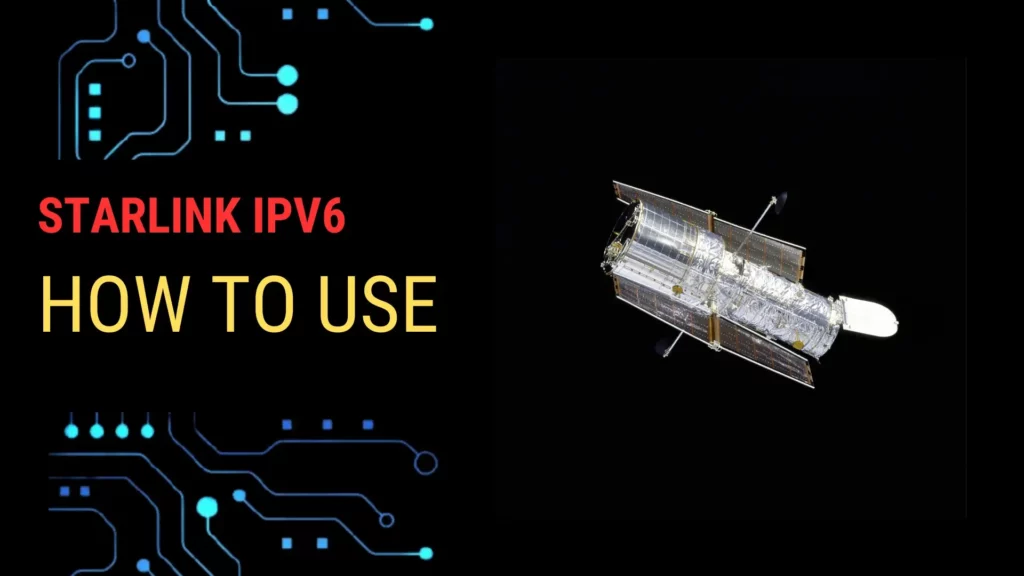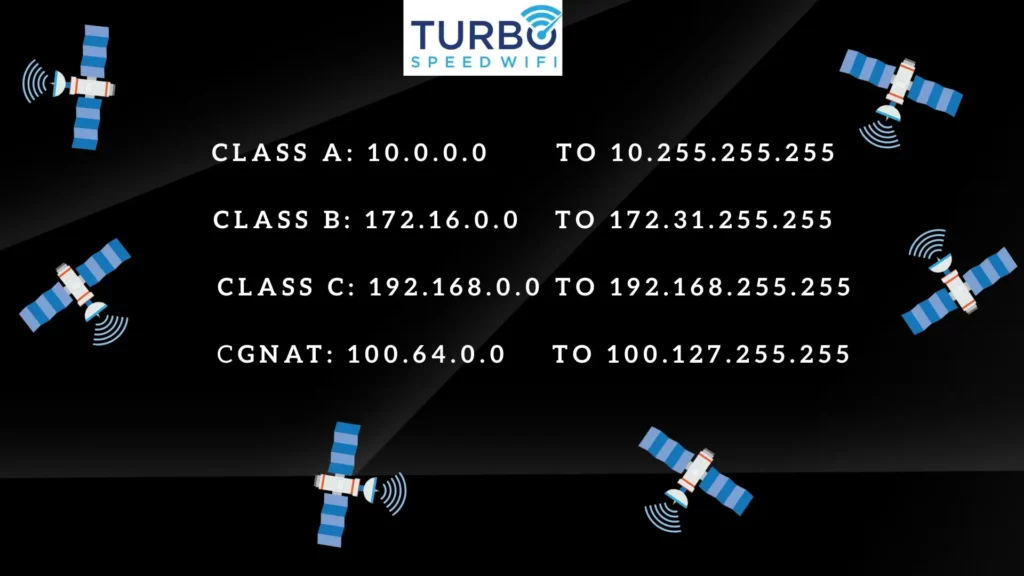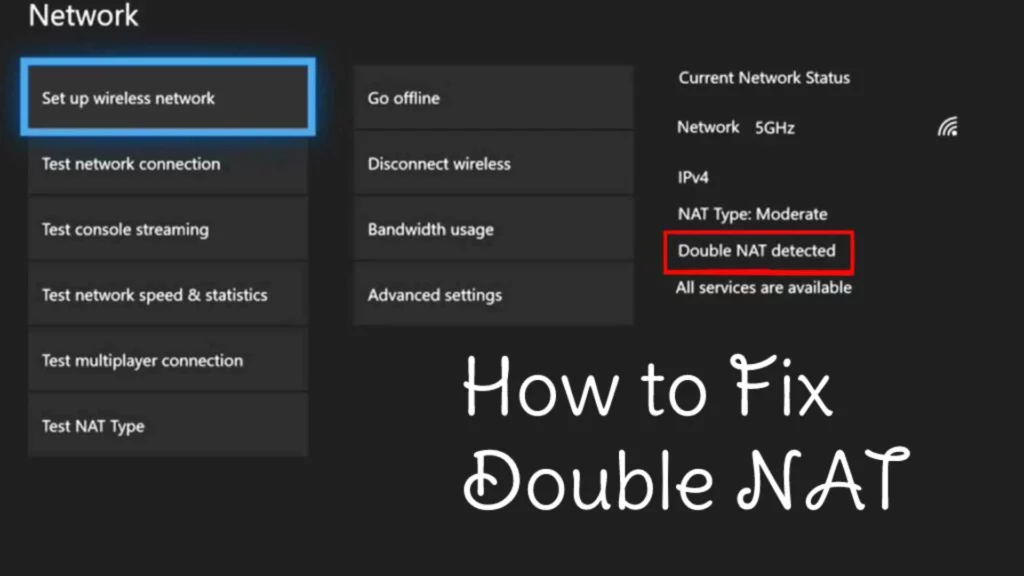It is official, Starlink is now supporting IPv6 connections for subscribers. Starlink has recently updated its support information. It now states that Starlink subscribers are delegated a /56 IPv6 prefix for client devices.
This is the news that many faithful Starlink customers have long been awaiting. It is now possible to use IPv6 in addition to the CGNAT private IPv4 address that Starlink Residential and Starlink Roam (formerly Starlink for RVs) customers are provided.
In this article, we will look at the updated information, differences in the way that an IPv6 address works, how to use IPv6 on your devices, what services will benefit from IPv6 addresses, and what settings are required to use IPv6 addresses on your home network.
Table of Contents

Why IPv6 Matters to Starlink Customers
Ipv6 will enable the ability to allow incoming connections to your network from the outside. Unlike IPv4, which ran out of unused IP addresses several years ago, IPv6 will likely never run out.
IPv6 has 2128 total IP addresses. That is 340,282,366,920,938,463,463,374,607,431,768,211,456 unique IP addresses. This means that everyone can have as many as they practically need without restriction.
| IPv4 | IPv6 | |
| Total Number of IP Addresses | 4,294,967,296 | 3.4×10e38 |
| Bit Length | 32 Bit | 128 Bit |
With IPv6, there is no longer a need for network address translation (NAT) to be used, as every device can have its own publicly routable IP address. Even more importantly for Starlink customers, it means the ability to connect to their network from the outside. Starlink IPv6 is a potential game changer for subscribers.
Starlink uses CGNAT on their Starlink Residential and Starlink Roam internet plans. Starlink Business and Starlink Maritime customers have the option of enabling a public routable dynamic IP address. Starlink does not offer static IP addresses even to business customers.

Why IPv6 Matters to Gamers on Starlink
Starlink gamers are especially excited about the addition of support for IPv6. IPv6 can eliminate issues related to NAT type. This is especially true for Xbox Live users. Xbox Live is built almost entirely upon IPv6 architecture, with IPv6 – IPv4 running in the background.
With IPv6, gamers will generally get an open NAT type. This is especially important when you consider that Starlink Residential customers get a CGNAT IP address. CGNAT means double NAT, which is the enemy of any gamer. Fortunately, with IPv6, there is no need for NAT whatsoever. Your router simply passes addresses to your devices directly.
This means that services, including voice chat, will work without needing to mess with your router settings. It also means that port forwarding is not required to get an open NAT type.

How to Use IPv6 on Starlink Internet
Starlink subscribers are automatically assigned IPv6 addresses assuming that an IPv6 compatible router is being used. The current generation of routers provided with the Starink Equipment Package supports IPv6, and the older generation Starlink routers does not support IPv6.
Many but not all third-party router support IPv6. Most of the major brands, including Netgear, TP-Link, D-Link, Belkin, Asus, and Linksys, all support IPv6 on models that are made within the last few years.
If you want something with more configuration options, Ubiquiti and MikroTik make some very affordable options that are perfect for use with Starlink.
I manage multiple networks that are running Ubiquiti routers and very rarely encounter any issues. They just work, and they work reliably. One thing to keep in mind through is some of these routers can be a little more challenging to set up initially.
If using a third-party router, you will need to purchase the Starlink Ethernet Adaptor and put your Starlink Router into bypass mode. This will allow your third-party router to communicate with your Starlink dish properly.
Conclusion: IPv6 for Starlink Customers
Starlink now officially supports IPv6 connections for customers. Starlink subscribers, as of April 2023, are automatically delegated a /56 IPv6 prefix for client devices, assuming their router has IPv6 support.
This is a welcome addition for many frustrated Starlink users who have been asking for IPv6 since the launch of Starlink Internet Service.
Using IPv6 with Starlink may still pose some challenges. But, the fact that Starlink now lists IPv6 as officially supported is a huge win for Starlink customers and IPv6 advocates around the world.

Doug Van Houweling
Saturday 8th of July 2023
Two questions: 1) A friend just activated his new Starlink system. It is providing an IPv6 address. My older Starlink router is not. Do I need to get a router upgrade to get IPv6? 2) Is the IPv6 address supplied by Starlink static or dynamic?
Zachary Harper
Sunday 23rd of July 2023
The oldest of Starlink Routers do not appear to support IPv6. You likely do need a router upgrade to make use of IPv6.
Scrappy
Thursday 25th of May 2023
"If using a third-party router, you will need to purchase the Starlink Ethernet Adaptor and put your Starlink Router into bypass mode." Is there a way to do this with the original round dishes? I can plug my router directly into the PoE injector brick instead of the starlink router, but how would I put the dish in passthrough mode?
Zachary Harper
Thursday 8th of June 2023
Yes you can do that. The PoE injector can be plugged into any router. This article was specifically referencing the newer square dishes that most Starlink customers currently have.